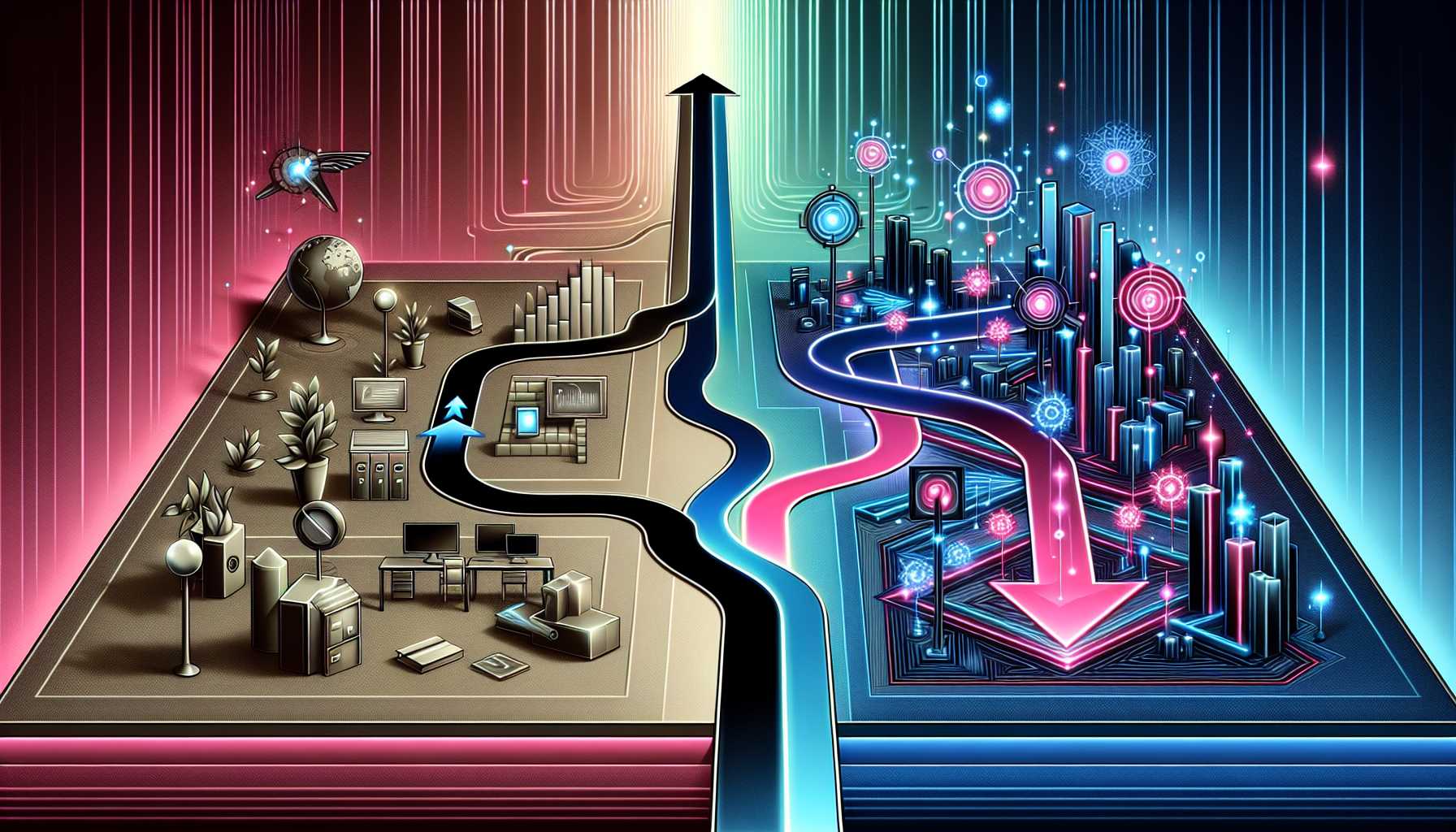Welcome to another edition of deep dives into the realms of product management. In today’s post, we explore a nuanced but critical aspect of our profession: managing customer expectations, particularly distinguishing between high-tech, innovative products and more traditional, conventional ones.
Understanding the Customer Expectation Spectrum
First, let’s set the stage by understanding that all products sit on a spectrum of innovation. On one end, we have high-tech, cutting-edge products that often introduce new paradigms or ways of doing things—think AR/VR devices or genetic editing tools. On the other end, we have conventional products, which improve or iterate on existing solutions, like a new model of a car or a software update.
The Psychology of Expectation in High-Tech Products
With high-tech products, the excitement and buzz are palpable. As product managers, we juggle not only the delivery of groundbreaking features but also the weight of our customers’ dreams and imaginations. Here’s where narrative becomes as important as the product itself.
In my experience working on an early augmented reality platform, expectation management involved extensive storytelling. Customers needed to understand not just what the product did, but the vision of what it could enable in the future. This narrative scaffolding is critical in sustaining customer engagement, especially when dealing with the inevitable bugs and issues that come with new technology.
Tactics for Managing High-Tech Expectations
Here are some strategies that have served me well:
- Transparent Roadmaps: Share a high-level roadmap that offers a glimpse into the future without overcommitting on timelines. Tech is unpredictable, and flexibility is key.
- Education as a Service: Invest in customer education to bridge the gap between current possibilities and future potentials. This includes workshops, webinars, and how-to content.
- Early-Adopter Programs: Engaging with passionate customers who are tolerant of growing pains can help shape the product and spread positive word-of-mouth.
In contrast, traditional product spaces are generally well-understood by customers, with expectations anchored in past experiences. While less daunting, this can be challenging when trying to introduce significant innovations or reposition a product.
Strategies for Conventional Products
During my tenure revamping a project management tool, I learned different lessons:
- Incremental Improvements: Focus on delivering consistent, incremental updates that are clearly communicated to users. This builds trust and loyalty over time.
- User Feedback Loops: Create robust mechanisms for users to provide feedback. This can be as simple as surveys or as complex as a user council.
- Managing Change: Introduce major changes with ample warning, support, and education to minimize disruption and resistance.
Impact on Product Lifecycle and Marketing
The lifecycle of a product, from concept through development to market introduction, also varies tremendously between high-tech and conventional products. High-tech products may undergo longer periods of iteration and user testing to refine truly innovative functionalities. The “fail fast, learn fast” mantra is well-suited here. In contrast, conventional products often follow a more predictable development path, with the challenge being to keep the product relevant and competitive.
Marketing messages for high-tech need to sell a vision, enticing would-be customers with the promise of what’s coming. For conventional products, marketing often leans on reliability, improvements, and support—in short, the promise of a better version of what you already know and trust.
Final Thoughts and Personal Takeaways
Regardless of where your product falls on the innovation spectrum, empathy remains a critical tool. Understanding where customers are coming from, what they need, and how they perceive the provision of value is key to aligning their expectations with your product’s reality.
I recall a breakthrough moment during the development of a medical imaging device. Our high-tech product was struggling with market acceptance until we involved key opinion leaders in the field to validate the technology. Their buy-in transformed customer perception, illustrating how expectations can be molded with the right strategy.
In conclusion, navigating customer expectations for high-tech versus conventional products requires a tailored approach, grounded in an understanding of customer psychology, clear communication, and robust feedback mechanisms.
Until next time, keep empathizing, keep innovating, and keep managing those expectations.

